Our expert weighs in on the new data

Through all the ups and downs and uncertainty of the coronavirus (COVID-19) pandemic, one thing has become concrete: wearing a mask prevents the spread of the virus.
Advertisement
Cleveland Clinic is a non-profit academic medical center. Advertising on our site helps support our mission. We do not endorse non-Cleveland Clinic products or services. Policy
Now, a new study from Duke University gives more evidence confirming this and sheds more light on what kind of mask works the best at blocking those virus-spreading droplets.
We caught up with pulmonologist Raed Dweik, MD, Chairman of Cleveland Clinic’s Respiratory Institute, to discuss the study’s findings.
If someone carrying the virus is wearing a cloth mask, that mask blocks most of the respiratory droplets they’re exhaling which is where the virus lives. Instead of propelling those droplets away from you, the mask keeps them from traveling more than a few feet. Thus, we get the recommended social distancing guideline of six feet.
“The spread of the virus really goes down in areas where people wear masks and it goes as down as four-to-five times reduced risk of infection when people in the community are wearing a mask than when they’re not wearing a mask,” says Dr. Dweik.
Not only do masks stop those droplets from spreading when you breathe or talk, they also block keep them from traveling pretty far when you sneeze or cough.
“Those actions can propel this cloud of droplets from you up to 25 or 26 feet,” Dr. Dweik says. But by wearing a mask, you greatly reduce that distance traveled.
Advertisement
While the Duke study was actually focused on coming up with a cost-effective way of evaluating how effective a type of mask is, it was able to collect data on 14 different types of masks using that method.
The method worked like this: a mask-wearing tester spoke through an opening into a small, dark box that was shot through with an expanded laser beam. A cell phone camera recorded the droplets spread by the speaker that were caught by the laser and a computer algorithm counted the number of droplets.
The relatively cheap cost of necessary equipment and the ease of building the set-up makes it a tempting option for companies or organizations that want to perform their own tests.
But it was the data that this study collected that attracted a lot of attention.
According to the study, the best masks for blocking the spread of droplets is, not surprisingly, the medical-grade N95 mask used by many front-line health care workers. Of course, because of the demand for these masks for hospital use, most people don’t have them.
Fortunately, the study says cotton masks, the kind of masks most people are likely to have, work quite well at blocking the spread of droplets.
What didn’t work, according to the study, were bandanas, knitted masks and neck fleeces, which are popular with runners for cold weather running and, now, coronavirus safety while exercising.
While Dr. Dweik wasn’t involved in the study, he said of the results, “With the exception of neck fleece, this study provided support that pretty much all cloth mask types reduce expelled droplets. Many performed much better than we even originally thought and close to surgical masks.”
The study’s neck fleece data caused a bit of stir with many news outlets picking up on the results that those fleeces actually performed worse than wearing no mask at all.
According to the study’s authors, it seems that the porous material that makes up the neck fleece breaks the larger respiratory droplets into smaller droplets instead of blocking them which allows them to linger in the air a little longer.
While it’s certainly reason for concern, the study’s authors also point out that the main focus of the study was to demonstrate the testing set-up: “Again, we want to note that the mask tests performed here (one speaker for all masks and four speakers for selected masks) should serve only as a demonstration.”
More research is needed to determine the effectiveness — or lack thereof — of those neck fleeces and Dr. Dweik agrees.
The neck fleece results aside, one thing does become clear when reading the study: properly wearing a mask over your nose and mouth can help to stop the spread of the coronavirus when paired with other safe practices like social distancing and regularly washing your hands.
Advertisement
Even if you don’t have symptoms, Dr. Dweik says you should still follow those guidelines because of how many cases have been asymptomatic.
“Taken together, I think, these are very powerful in preventing the spread of infection,” he adds. “Each one alone is good but not sufficient. If you do them all, you minimize your risk of spreading or getting the disease much more than just each one by itself.”
Advertisement
Learn more about our editorial process.
Advertisement
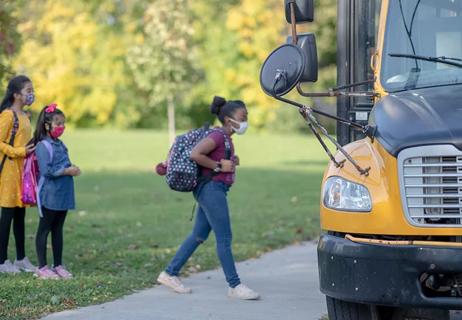
A pediatric psychologist weighs in on continued masking for kids
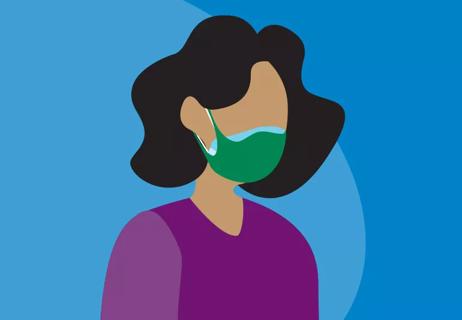
The short answer from an infectious disease specialist

What to know about running in a face mask during the coronavirus pandemic
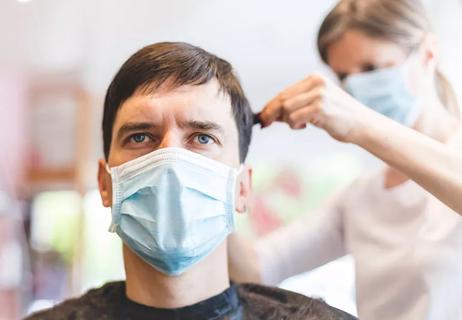
Proper etiquette for asking others to comply with mask rules
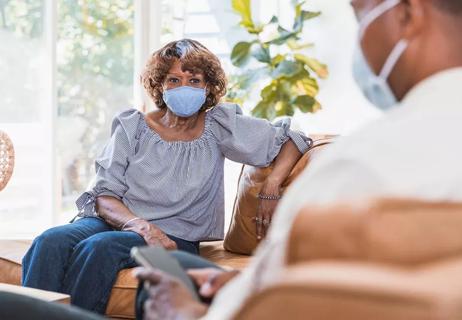
Learn how one simple action can help keep the whole family safe
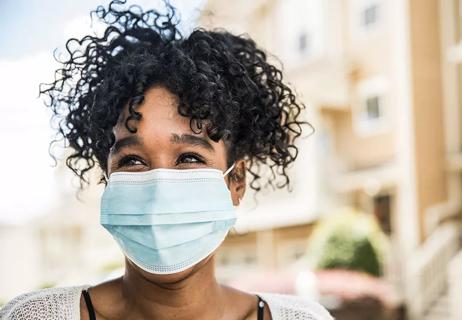
Talking points from a healthcare provider
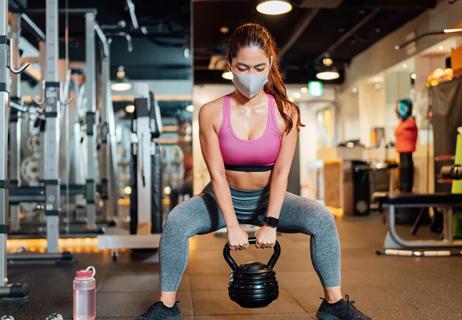
The short answer from an infectious disease specialist
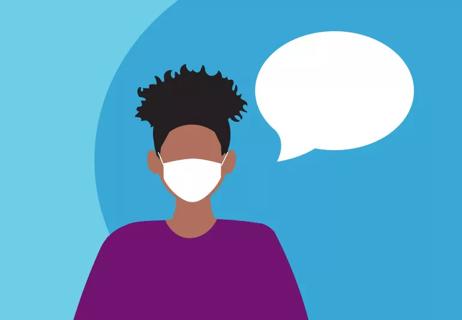
Make it easier to hear and be heard

Type 2 diabetes isn’t inevitable with these dietary changes

Applying a hot or cold compress can help with pain